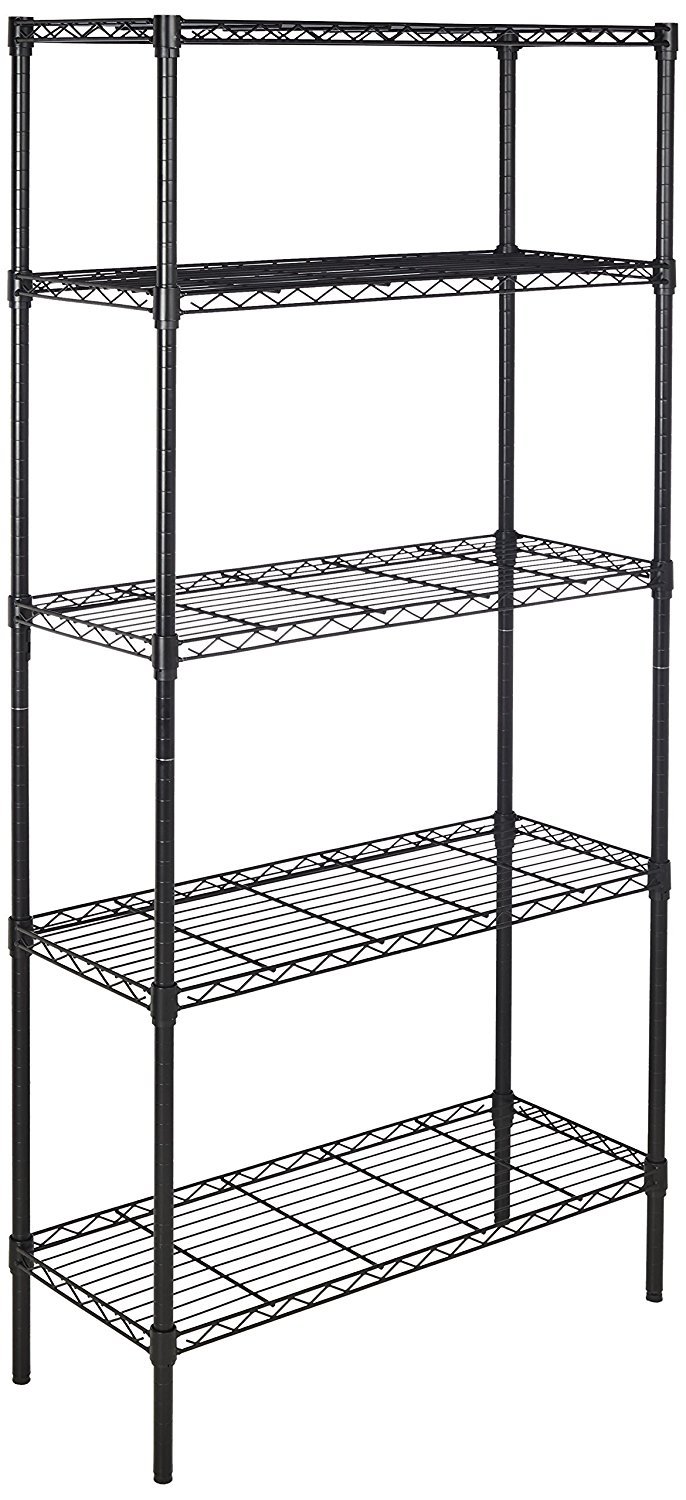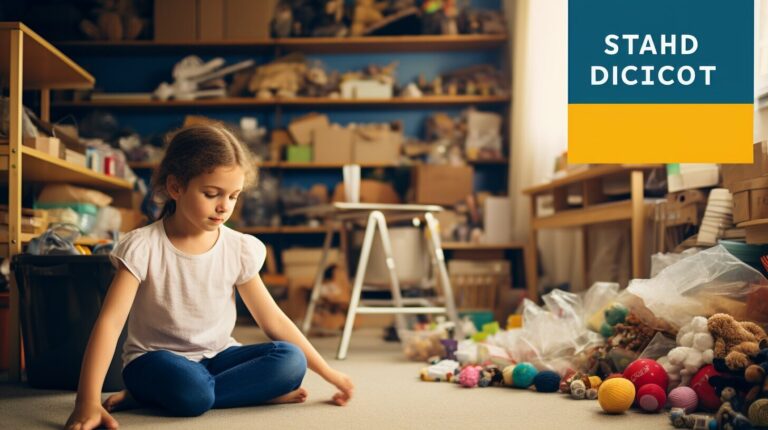Do you find yourself overwhelmed by clutter and unsure of where to start decluttering your home? One of the keys to successful decluttering is asking the right questions. By evaluating items based on specific criteria, you can make informed decisions about what to keep and what to let go of, creating a more organized and clutter-free living space.
In this article, we’ll guide you through the process of asking organized and purposeful questions to effectively declutter your home. From assessing sentimental items to evaluating practical use and function, we’ll provide strategies for making efficient sorting decisions and prioritizing space and storage.
Key Takeaways
- Asking the right questions is crucial for successful decluttering.
- Evaluate items based on criteria such as sentiment, practicality, and space.
- Efficient sorting techniques and organized questioning can help you make informed decisions about what to keep and what to let go of.
- Prioritizing space and storage is essential for creating an organized living space.
- Decluttering is an ongoing process that requires maintenance and good habits.
Why Decluttering Matters
Before diving into the questions, it’s important to understand why decluttering matters. A cluttered home can lead to stress, anxiety, and feelings of being overwhelmed. When your living space is organized and tidy, it can contribute to a sense of calm and peace.
Decluttering also involves assessing the worthiness of items in your space. Ask yourself, “Does this item serve a purpose?” If not, it may be time to let it go. The item worthiness check can help with the decision-making process.
Creating a clutter-free environment requires tidying up criteria. These criteria can include practicality, sentimentality, and space. Examining these criteria will help you determine what items are truly necessary to keep in your home and what items can be removed.
Getting Started with Decluttering
Now that we understand the importance of decluttering, let’s dive into how to get started. The key is to approach decluttering with efficiency and purpose, utilizing techniques such as efficient sorting and organized questioning.
Efficient sorting involves dividing items into categories such as keep, donate, and discard. This allows you to focus on one category at a time, making the process more manageable. Organized questioning involves asking purposeful questions about each item, such as:
- When was the last time I used this?
- Is it in good condition?
- Does it hold sentimental value?
- Do I have multiple versions of this item?
- Is it truly necessary?
By asking these types of questions, you can make informed decisions about what to keep and what to let go of, streamlining the decluttering process.
Evaluating Sentimental Items
Sentimental items often hold a special place in our hearts, making it difficult to part with them. However, holding onto too many of these items can lead to clutter and disorganization in your home. When evaluating sentimental items, it’s important to consider their true value and the role they play in your life.
Ask yourself:
- Do I use or display this item regularly?
- Does it bring me joy or serve a meaningful purpose in my life?
- Am I holding onto it out of guilt or obligation?
Answering these questions will help you determine if the sentimental item is truly worth keeping or if it’s time to part with it. If the item is not regularly used or displayed, it may not hold as much value as you initially thought. On the other hand, if it brings you joy or serves a meaningful purpose in your life, it may be worth keeping despite its sentimental value.
Consider alternatives:
If you’re having trouble parting with a sentimental item, consider alternatives to keeping it. Can it be repurposed or displayed in a way that brings you joy without taking up valuable space? Can you take a photo of the item to preserve the memory without actually keeping the physical item?
Evaluating sentimental items can be a difficult process, but by asking purposeful questions and considering alternatives, you can make informed decisions that will lead to a more organized and clutter-free home.
Assessing Practical Use and Function
When decluttering your home, it’s important to consider the practical use and function of each item. This will help you determine if an item is truly necessary or if it’s just taking up valuable space. Follow these tips to evaluate the practicality of your belongings:
- Assess frequency of use: Consider how often you use the item. If it’s only used once in a blue moon, it may not be worth taking up precious space.
- Determine functionality: Ask yourself if the item serves a specific function or if it’s just a decorative piece. If it doesn’t serve a practical purpose, it may be time to let it go.
- Evaluate duplicates: Assess if you have any duplicate items that serve the same function. Keeping multiples of the same item can quickly lead to clutter and an unorganized home.
- Consider future use: Evaluate if an item will be useful in the future. If it’s something you haven’t used in years and don’t see a practical use for, it may be time to part with it.
By asking these questions and evaluating the practicality of your belongings, you can make informed decisions about what to keep and what to let go of.
Next, we’ll explore how to prioritize space and storage when evaluating items.
Prioritizing Space and Storage
Once you’ve evaluated each item for sentiment and practicality, it’s time to prioritize space and storage. This step is crucial to creating an organized home. Finding adequate storage solutions is essential for maintaining a clutter-free space in the long term.
Begin by assessing the available storage space in your home. Consider which areas are underutilized and which areas are overcrowded. This information will guide you in determining how much storage space you actually need.
For items that are used frequently, prioritize easy accessibility. These might include kitchen utensils, cleaning products, and bathroom essentials. For items that are used less often, consider storing them in less accessible areas such as attics, basements, or garages.
When it comes to storage solutions, be creative. Utilize vertical space by installing shelves or hanging storage. Use storage containers to keep similar items together and to maximize space.
| Storage Tip | Explanation |
|---|---|
| Use clear storage containers | Clear containers help to easily identify the contents without having to open them, saving time and effort |
| Rotate seasonal items | Store off-season items to free up space and rotate them throughout the year. This will reduce clutter and keep your home feeling fresh and organized. |
| Utilize under-bed storage | Under-bed storage is perfect to store seasonal items or spare bedding, keeping it out of sight and freeing up valuable closet space. |
By prioritizing space and storage, you can effectively manage the items in your home and create an organized living space that is easily maintainable.
Maintaining a Clutter-Free Lifestyle
Congratulations, you’ve successfully decluttered your home! However, the journey does not end here. Maintaining a clutter-free lifestyle requires ongoing effort and dedication.
First and foremost, it’s important to develop good habits. Make a conscious effort to put things back in their designated place after use. Avoid letting items pile up and always remember to take a few minutes each day to tidy up. By putting in a little effort each day, you can prevent clutter from accumulating.
Setting boundaries with new items is another crucial aspect of maintaining a clutter-free lifestyle. Before purchasing something new, consider the practicality and functionality of the item. Will it serve a purpose in your home? Do you have adequate storage space for it? Asking these questions will help you make informed decisions when it comes to acquiring new possessions.
Regular decluttering sessions can also help you stay on track. Make it a habit to periodically go through your belongings and assess what you no longer need. This can be a weekly, monthly, or seasonal task, depending on your preference and lifestyle.
Finally, don’t be too hard on yourself if you slip up. A clutter-free lifestyle is a journey, not a destination. If you find yourself falling back into old habits, simply recommit to your goal and start again. With time and consistency, you can cultivate a clutter-free and organized home.
Remember, maintaining a clutter-free lifestyle requires ongoing effort and dedication. By following these tips and making decluttering a part of your regular routine, you can enjoy the benefits of a simplified living space.
Conclusion
Decluttering your home can seem daunting at first, but by asking the right questions, you can simplify the process and create a more organized living space. Remember to consider factors such as sentimentality, practicality, and space when evaluating items.
Decluttering is not a one-time task, but an ongoing process. By developing good habits and setting boundaries with new items, you can maintain a clutter-free lifestyle.
Start Your Decluttering Journey Today
Whether you’re looking to downsize, simplify, or just create a more organized home, asking the right questions is the key to a successful decluttering journey. Begin by assessing your space and identifying items that no longer serve a purpose.
Remember that decluttering is not about getting rid of everything, but about creating a more intentional and clutter-free home. Embrace the process and enjoy the benefits of a more peaceful and organized living space.
FAQ
Q: Why is decluttering important?
A: Decluttering is important because it helps create a more organized and clutter-free living space. It also has several benefits, such as reducing stress, increasing productivity, and improving the overall aesthetic of your home.
Q: How do I get started with decluttering?
A: To get started with decluttering, it’s important to have efficient sorting techniques and ask yourself organized and purposeful questions. Start by setting aside dedicated time for decluttering, and then go through each item in your home, evaluating its usefulness and determining if it brings you joy or serves a practical purpose.
Q: How do I evaluate sentimental items when decluttering?
A: Evaluating sentimental items can be challenging, but it’s important to strike a balance between sentimentality and the need for a clutter-free home. Ask yourself if the item truly brings you joy or serves a practical purpose. If it doesn’t, consider taking a photo of it for sentimental value and then letting it go.
Q: How can I assess the practical use and function of items when decluttering?
A: When assessing the practical use and function of items, ask yourself if you have used the item within the past year and if it serves a specific purpose in your daily life. If the item is not being utilized or doesn’t align with your current needs or lifestyle, it may be time to let it go.
Q: How can I prioritize space and storage when decluttering?
A: Prioritizing space and storage is essential for an organized home. When evaluating items, consider the space they take up and how well they fit into your current storage solutions. Maximize storage by utilizing vertical space, investing in storage containers or organizers, and regularly reevaluating your storage systems to ensure they are working effectively.
Q: How do I maintain a clutter-free lifestyle?
A: Maintaining a clutter-free lifestyle requires ongoing effort. Develop good habits such as regularly decluttering and organizing, establishing designated spaces for items, and being mindful of what new items you bring into your home. Set boundaries and avoid accumulating unnecessary belongings. Regularly reassess your space and make adjustments to maintain an organized environment.


